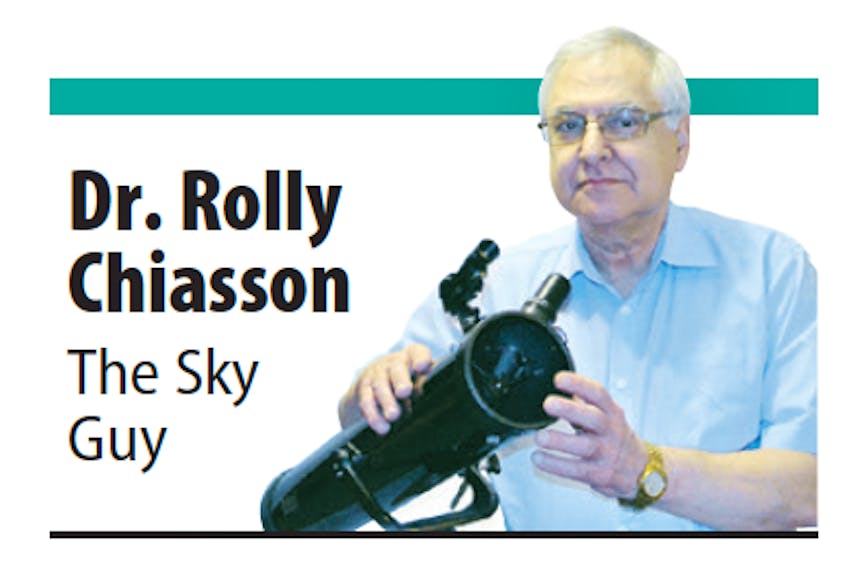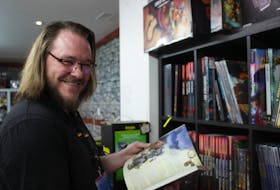Sometimes when I write these articles for the newspaper, I try to think to myself, “what would readers like to see and not what I would like to write about”. What would interest you, the reader? I hope some of you will let me know if you want something discussed.
So, for this month, I thought I would just chat about our night sky as we can see it on a good viewing night.
Even although the night sky is not as brilliant as it once was, due to massive light issues, if you take your time and view with care, it is indeed wondrous. You don’t need special equipment (telescopes and binoculars), although these can add to your pleasure and wonderment.
If at all possible get away from as much light as you can. Even your backyard can be good if you turn out all your lights, don’t have light spill from your neighbors and can shade from streetlights.
So, let's get you prepared to go out and look. First, you have to develop your night vision. To do this, avoid exposure to any light, perhaps for 20 minutes or more. During this time, it’s great fun to watch stars blink on as your eyes adapt. This is almost like magic.
Now, you are out, it’s dark, your eyes are adapted. It helps to have an atlas, sky guide book or a knowledgeable friend to help you with what you are seeing.
Look for the Milky Way – our galaxy of stars. Examine the moon. Find recognizable shapes such as the Big Dipper. An atlas can tell you other things to look for. But, most of all, get lost in the wonderment of this incredible sky.
Look for the space station. Google will tell you where and when to look. Look for and learn to recognize some artificial satellites.
So what is in the sky this month?
Let’s look at the evening sky first. There is only one planet, Venus, which is at its highest in the sky at dusk. As the end of the month approaches, if you are at a dark site, Venus can cast shadows.
As April begins, Venus passes near and above Pleiades or 7 Sisters. This looks like a tiny dipper and can be seen as the hood ornament of a Subaru.
Just as last month, looking southeast before sunrise, threre are planets roughly in a row, stretching from lower left to upper right – Mars, Saturn, Jupiter. As the month passes, Mars moves further away from Saturn. Meanwhile, Jupiter and Saturn get a little closer together.
Now, one special challenge for you. First, let’s locate Algol – also known as the Demon Star. Face northwest, look to see bright Venus to your left In the west northwest. The constellation Perseus is between the Northwest, and Venus. Algol is the lowest “bright” star directly in the Northwest, and low. It is called the Demon Star because it is actually a pair of stars and when one passes in front of the other, the pair gets dimmer, noticeably so. This happens every 2.7 days and is quite regular. You can find a chart of the time in the April issue of Sky & Telescope or look it up on Google.
Finally, there is a meteor shower – not immense with up to 20 per hour – April 21-22, especially in the predawn hours of April 22. You don’t have to worry about where to look in the sky.
Also, the full moon is April 8, and the new moon is April 23.
Dr. Rolly Chiasson's column runs once a month. He can be reached at is [email protected].









